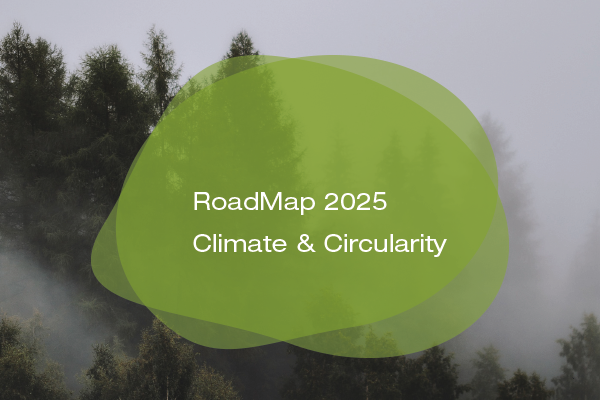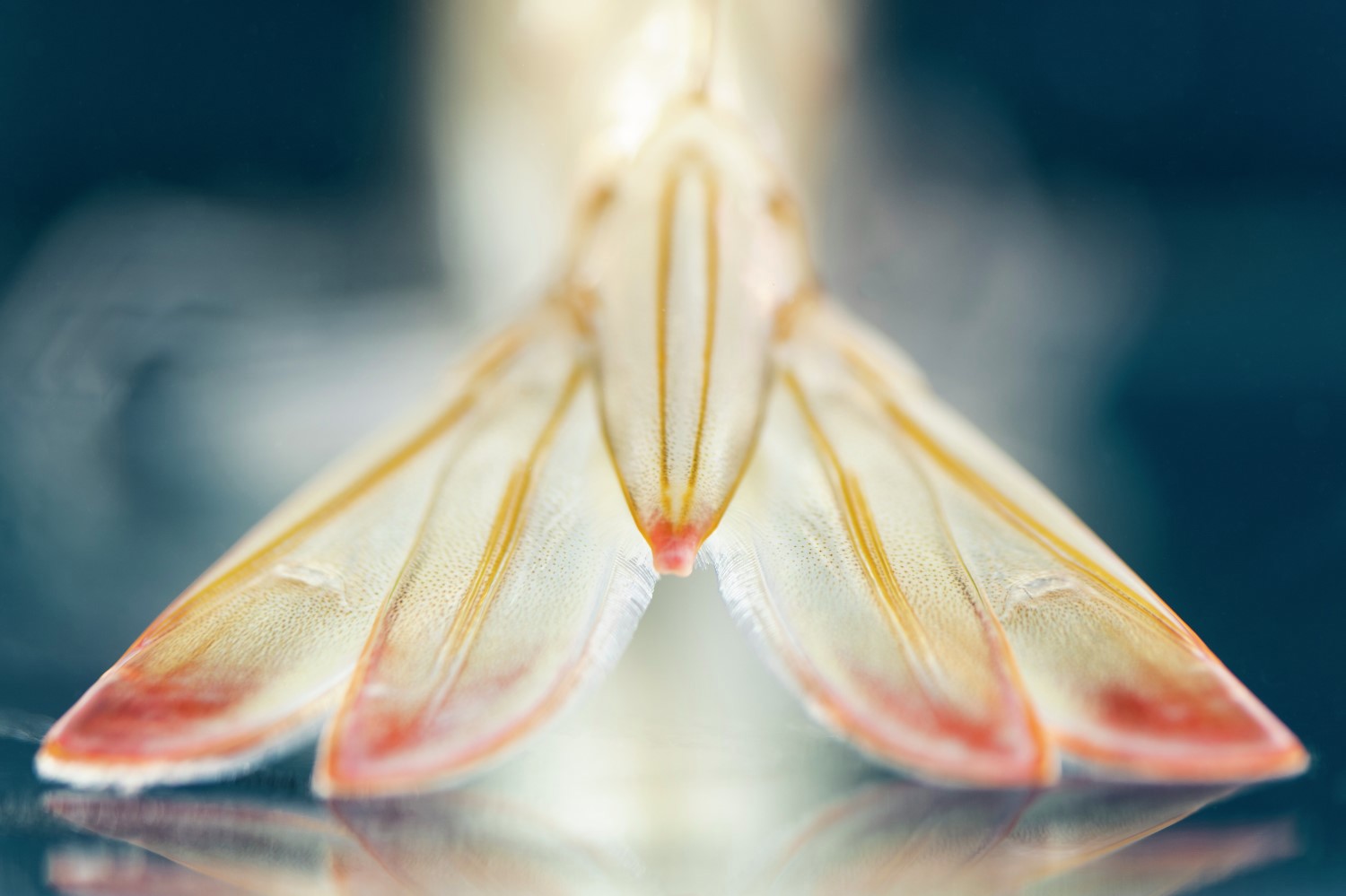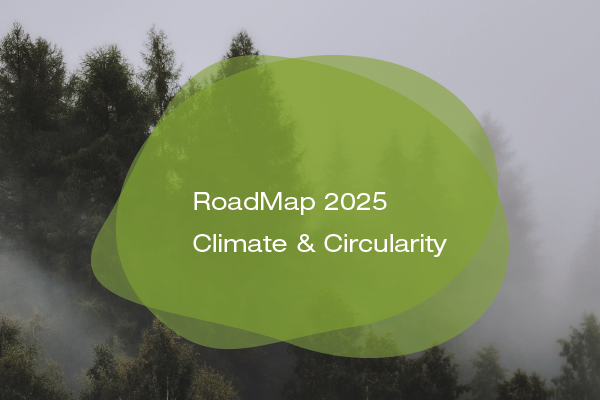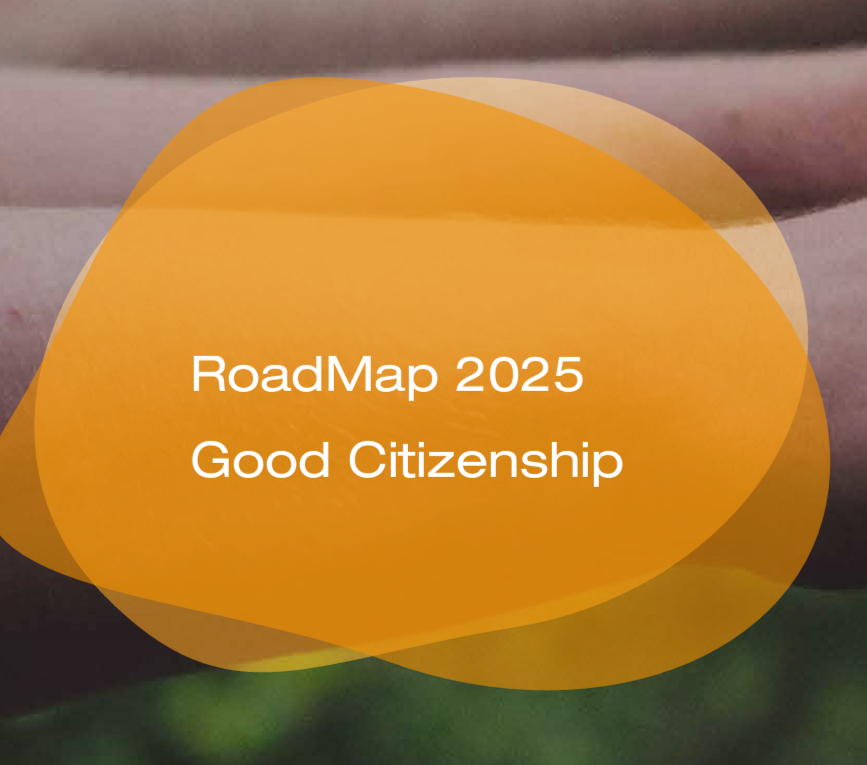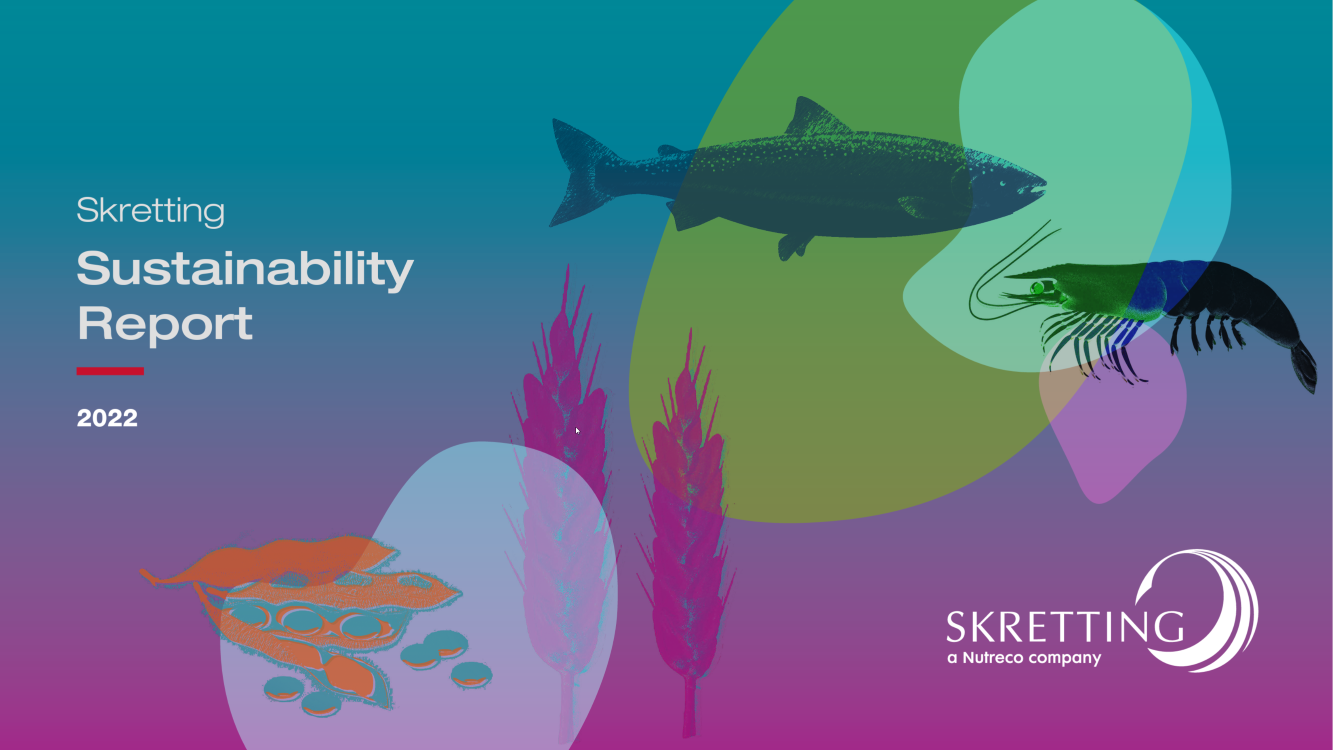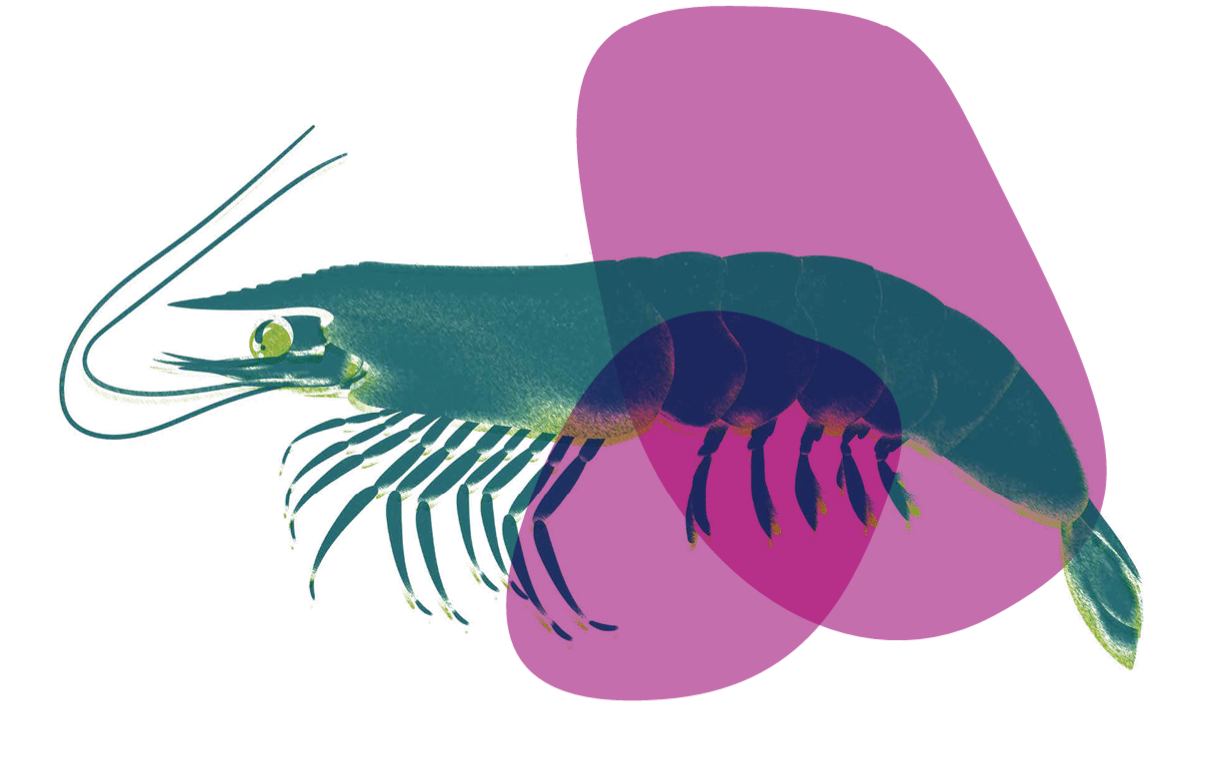
Phosphorus is one of the most important minerals in food crop production, as a core component of fertilisers and also in animal nutrition. All vertebrates have a basic requirement for it – for the formation of bones and teeth, and to make protein for the growth, maintenance and repair of cells. Therefore, for farmed fish and shrimp, inorganic phosphorus must be supplied in sufficient quantities to meet their growth and health requirements.
At the same time, it is important that these phosphorous requirements are not exceeded to minimise the risk of excess phosphorus causing damage to environments and ecosystems. In aquaculture, for example, the oversupply of phosphorus can lead to eutrophication of water and harmful algal blooms, particularly in shrimp ponds where the water exchange is limited.
Furthermore, with an estimated 90% of inorganic phosphorous being used in the global food chain to fertilise crops, the amount available for other uses, such as aquaculture, is limited. Thus, to sustainably produce enough nutritious food to feed the planet, this valuable resource must be used as efficiently and responsibly as possible.
To ensure the shrimp farming and shrimp feed sectors contribute to this aim, Skretting has conducted R&D work to precisely determine shrimp species’ phosphorus requirements at different life stages – to safeguard fast growth rates and maintain health, and also how to best use the raw materials available to meet those requirements.
Through this programme, which was conducted over four years and involved many documented trials, Skretting determined that it could uphold the industry-leading performance of its extruded shrimp feeds while using 37% less inorganic phosphorus. Consequently, it is also able to reduce the environmental phosphorus inputs of its customers’ farms.
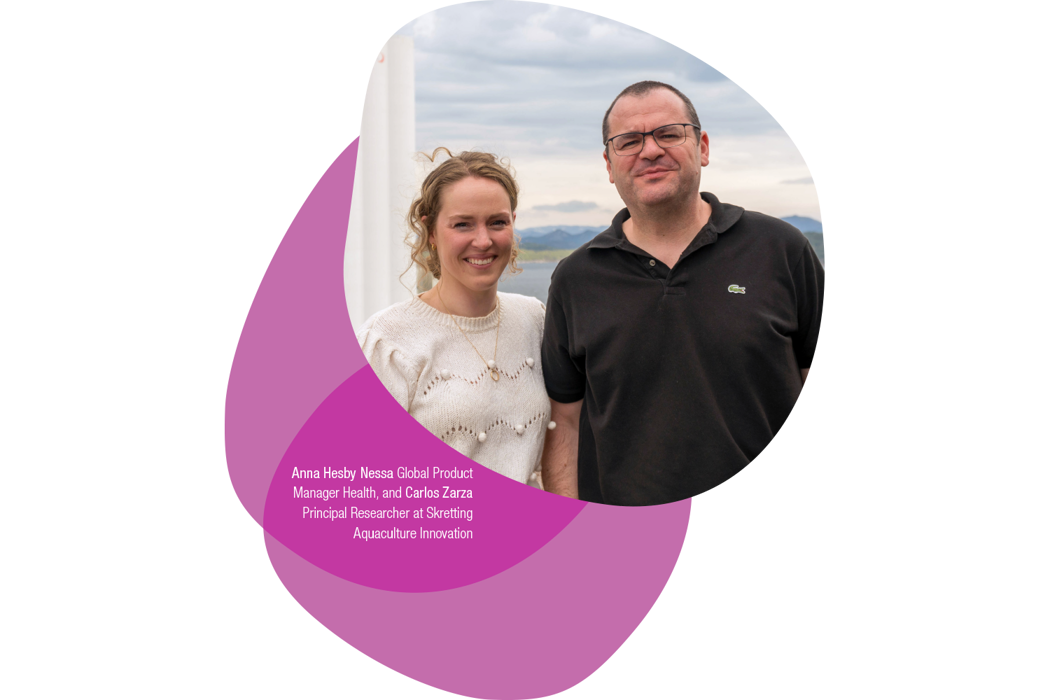
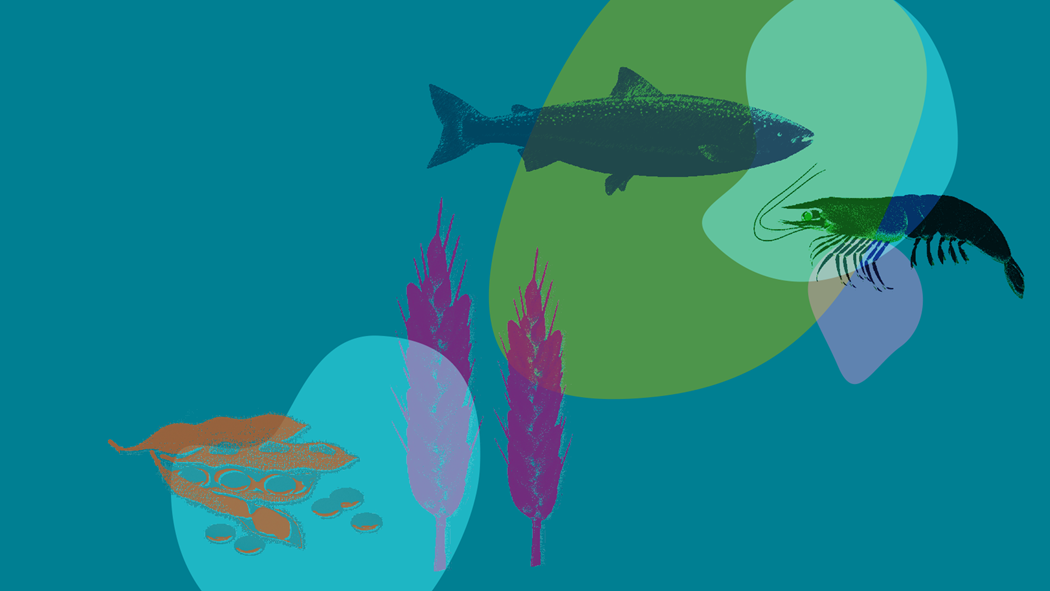
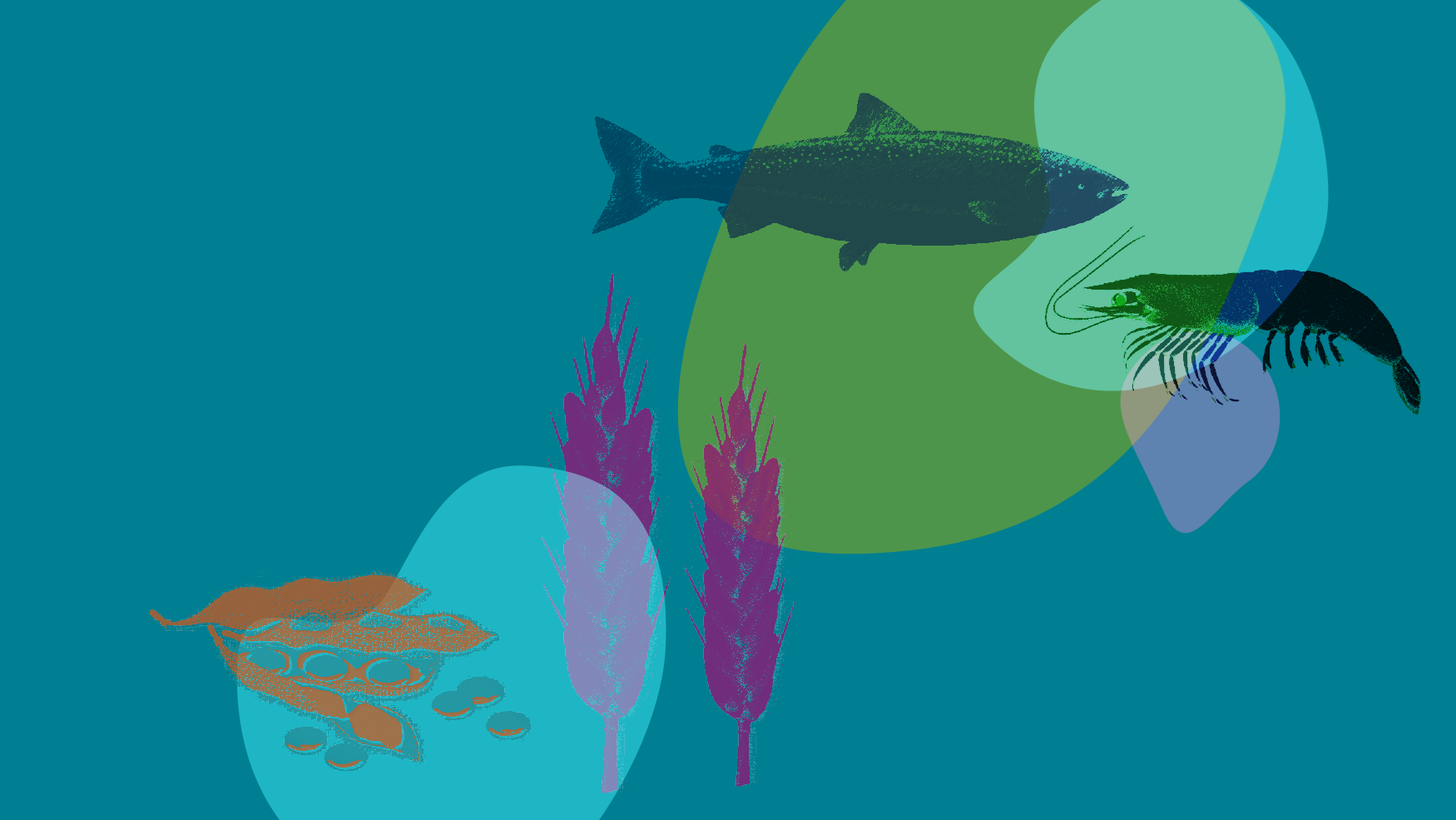
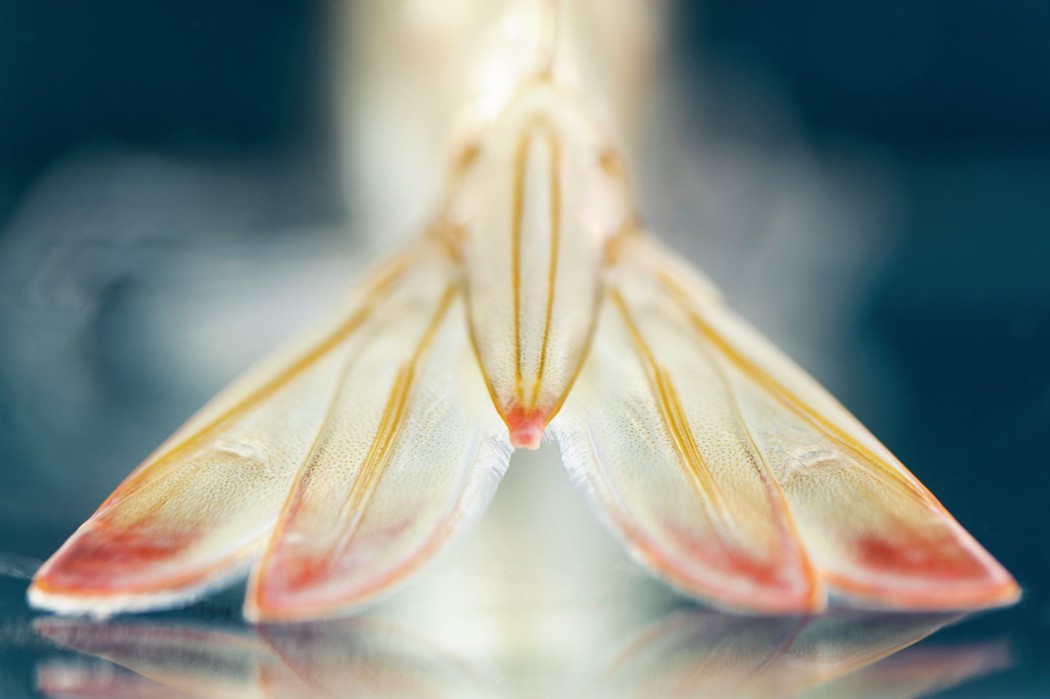
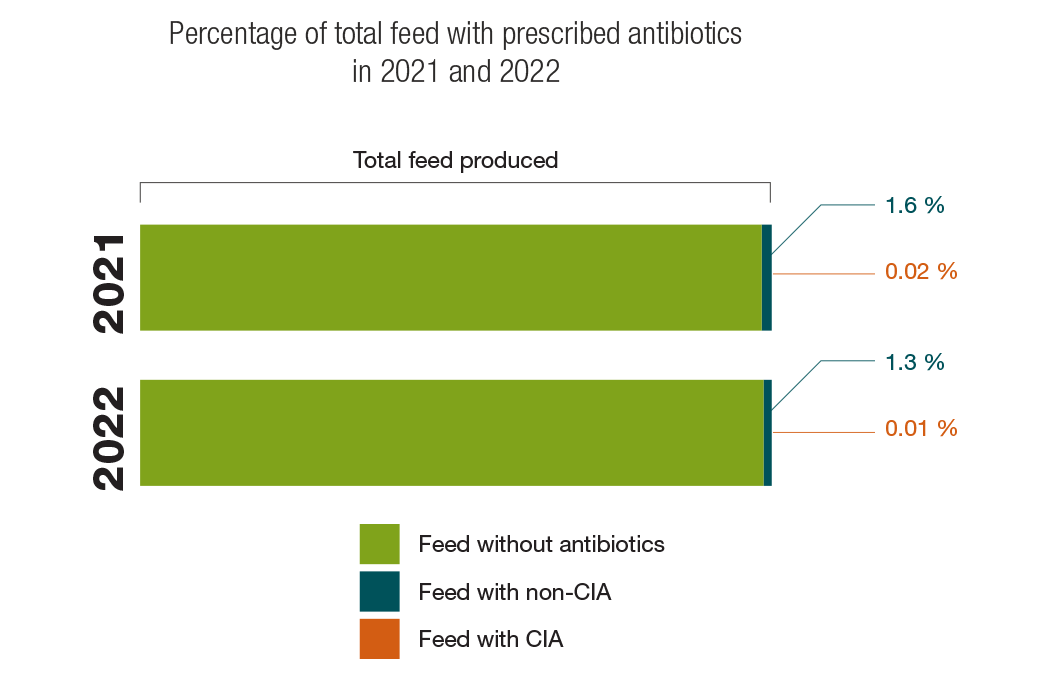
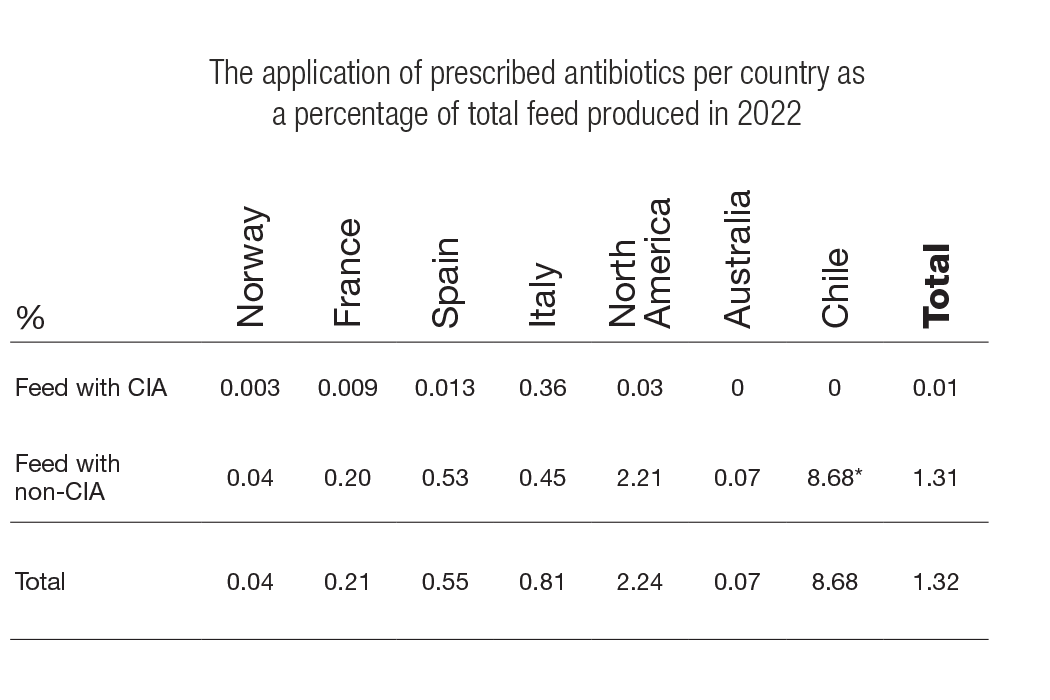
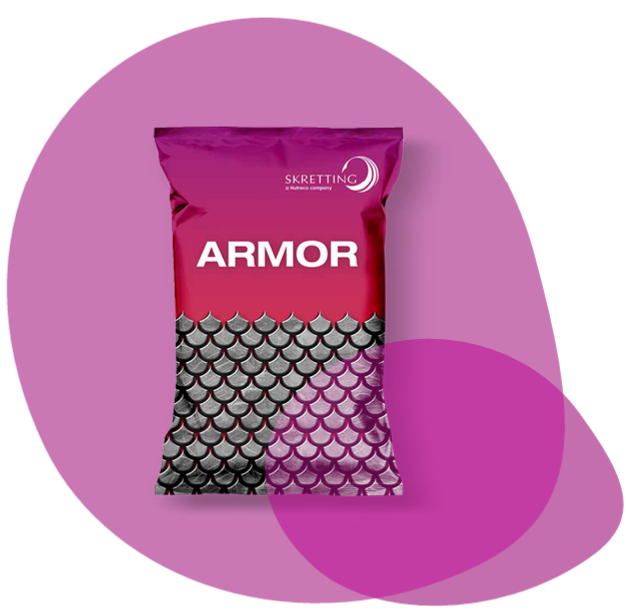 Skretting Norway has reported results of its functional feed, Armor, together with our customer Nordlaks in the north of Norway. Fish fed Armor showed significantly less damage to skin and 50% lower mortality.
Skretting Norway has reported results of its functional feed, Armor, together with our customer Nordlaks in the north of Norway. Fish fed Armor showed significantly less damage to skin and 50% lower mortality.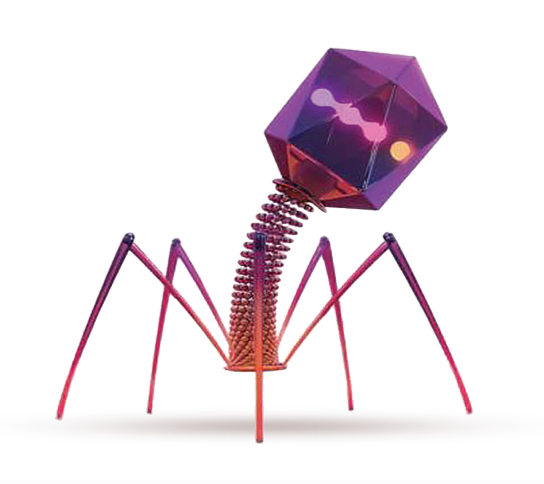 acteria that may cause issues during stressful situations are naturally present in fish and shrimp farm environments. Stressors can include a change in temperature, season and handling. These events can allow for opportunistic bacteria to develop and cause issues.
acteria that may cause issues during stressful situations are naturally present in fish and shrimp farm environments. Stressors can include a change in temperature, season and handling. These events can allow for opportunistic bacteria to develop and cause issues.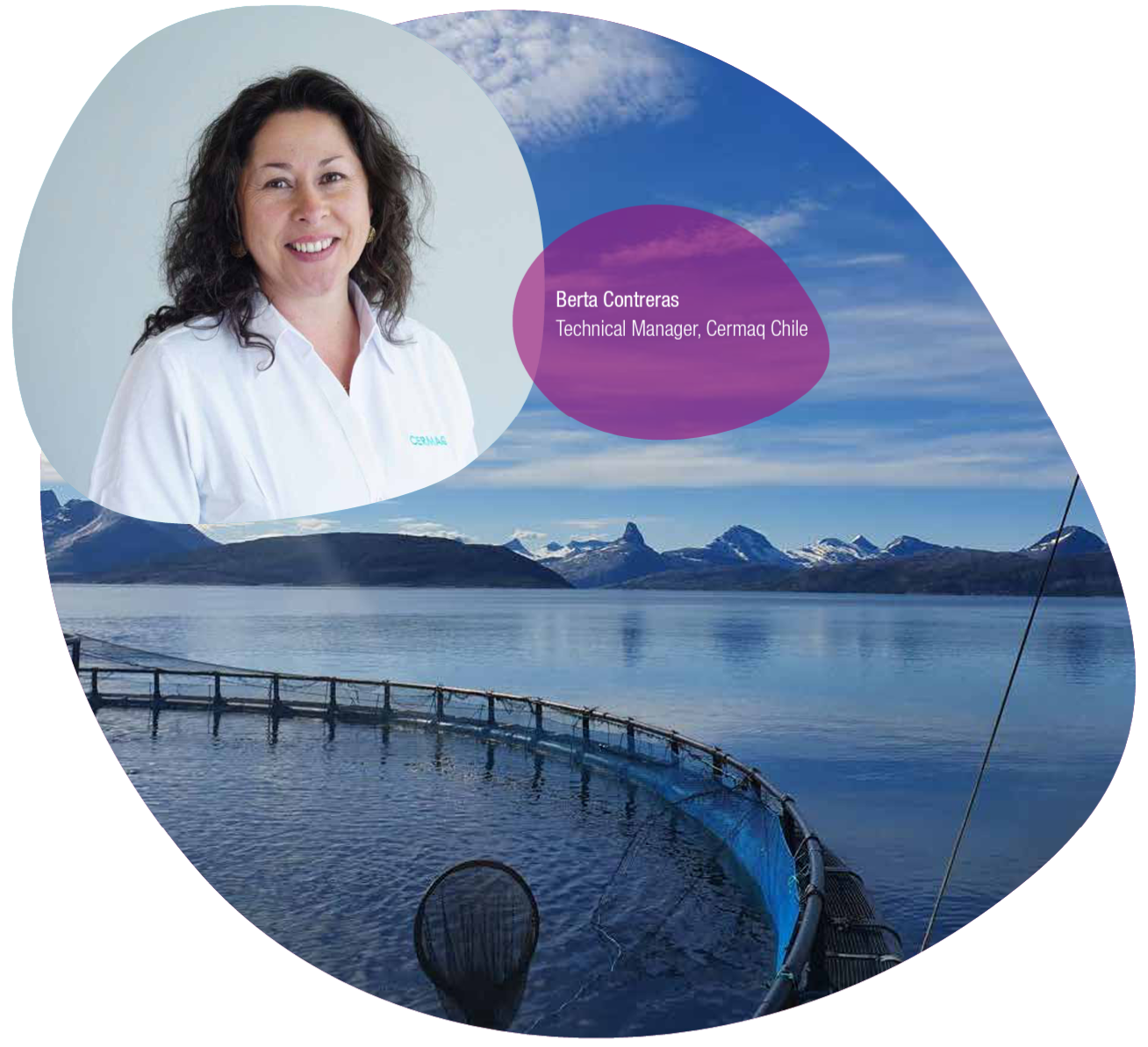 Chile is the second-largest producer of farmed salmon in the world, and the sector has historically used relatively high amounts of antimicrobials during the marine stage of production, mainly florfenicol (FFC), to control SRS.
Chile is the second-largest producer of farmed salmon in the world, and the sector has historically used relatively high amounts of antimicrobials during the marine stage of production, mainly florfenicol (FFC), to control SRS.
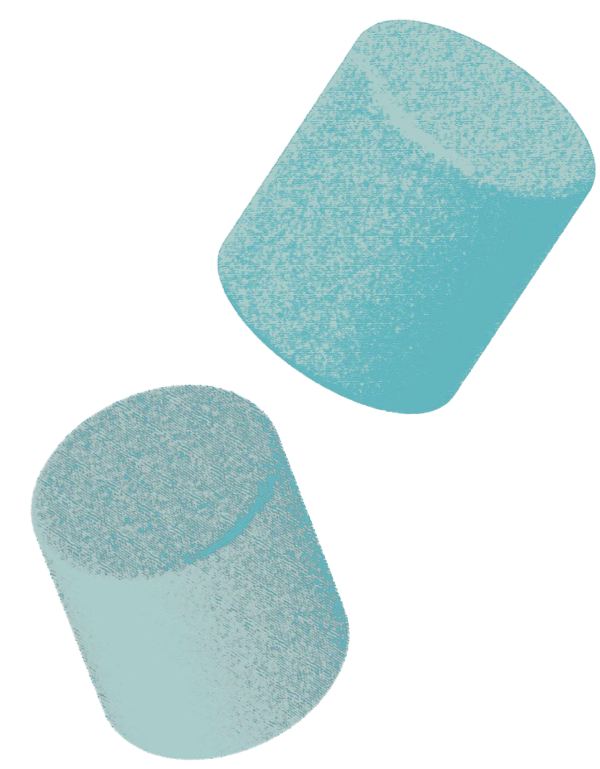 Salmon need phosphorus to grow, and Skretting has not only optimised the phosphorus requirements for shrimp, but also revealed a new way to maximise the available phosphorus from other sources in salmon feed, and thereby increase efficiency.
Salmon need phosphorus to grow, and Skretting has not only optimised the phosphorus requirements for shrimp, but also revealed a new way to maximise the available phosphorus from other sources in salmon feed, and thereby increase efficiency.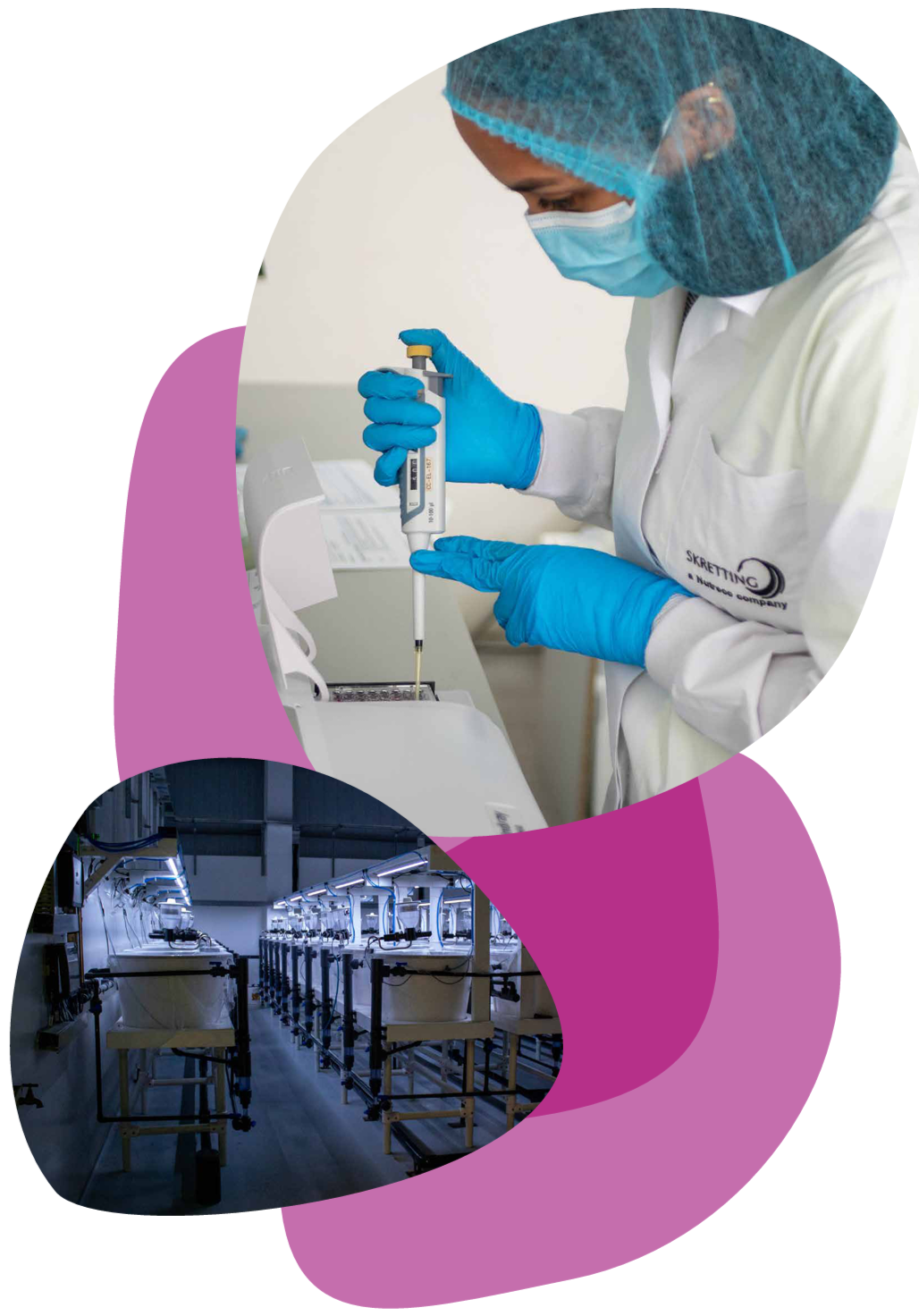 2022, aiming to fast-track the shrimp farming industry’s introduction of more sustainable and innovative feeds, Skretting Aquaculture Innovation (AI) opened its Guayas Research Station in Guayaquil, Ecuador.
2022, aiming to fast-track the shrimp farming industry’s introduction of more sustainable and innovative feeds, Skretting Aquaculture Innovation (AI) opened its Guayas Research Station in Guayaquil, Ecuador.